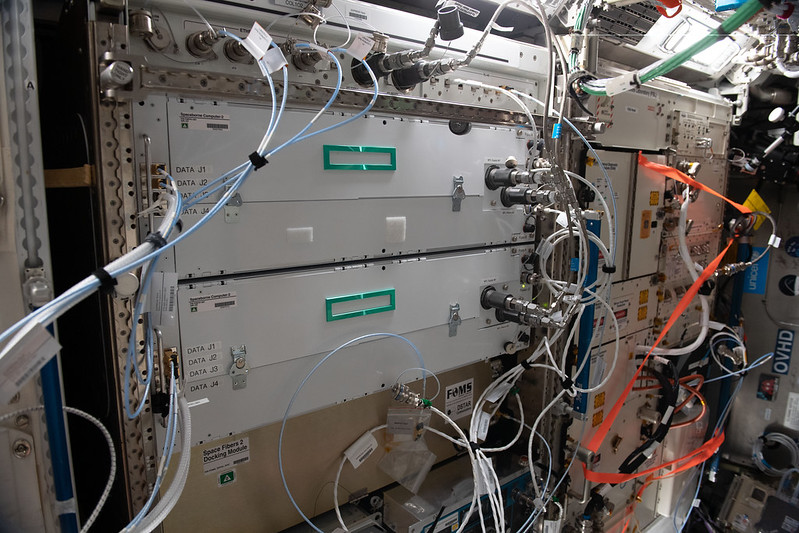Expanding its venture into space computing, Hewlett Packard Enterprise (HPE) will launch an updated HPE Spaceborne Computer-2 to the International Space Station (ISS). The commercial off-the-shelf supercomputer, based on HPE EdgeLine and ProLiant servers, aims to reshape the trajectory of high-performance computing in space. In an investigation sponsored by the ISS National Laboratory™, HPE will test the updated supercomputer through a trial program.

The project will launch to the space station on Northrop Grumman’s 20th Commercial Resupply Services (NG-20) mission. HPE Spaceborne Computer aims to improve ongoing research on the orbiting laboratory, including quicker processing of Earth observations from station and more efficient monitoring of astronaut health.
“The Spaceborne Computer has the potential to not only accelerate data processing in space but also speed up the exchange of data insights between Earth and space,” said Mark Fernandez, principal investigator for HPE Spaceborne Computer-2. “This ultimately streamlines in-space research and bolsters the application of edge computing, artificial intelligence (AI), and machine learning on the space station.”
Norm Follett, senior director of the space technology and solutions group at HPE, added, “We plan to continue helping the scientific community prove the value of high-performance computing at the edge. We’ve got several experiments queued up to do that, and we’re excited to get Spaceborne Computer-2 back up there.”
Equipped with software that enables performance in the harsh space environment, the first version of HPE Spaceborne Computer was initially scoped as a yearlong proof-of-concept investigation to test its endurance and capabilities. Following that successful trial period, the mission was extended another six months. Spaceborne Computer was tasked to conduct operational research that kickstarted the era of high-performance computing in space. That first investigation earned HPE an ISS Innovation Award in Technology Development and Demonstration. Next was the initial launch of HPE Spaceborne Computer-2, which included new hardware to enhance the research that could be done onboard the space station, including AI and machine learning capabilities.
For this third launch of HPE Spaceborne Computer, the company is working with KIOXIA to add additional flash memory storage to the system to test storage and recovery on long-term space missions. Fernandez’s team seeks to push the boundaries of research capabilities and eventually set new standards for operating efficiency in space. “The technology provides the high-power computing and AI computing power that top thinkers need to explore big questions that benefit humanity,” Fernandez said.
“As a southern Louisianian, I’m especially interested in ways this technology can help provide more efficient Earth observations that could offer life-saving information for flood victims and emergency personnel in the aftermath of hurricanes,” he said.
The NG-20 mission is targeted for launch from Cape Canaveral Space Force Station no earlier than January 29 at 12:29 p.m. EST. This mission will include more than 20 ISS National Lab-sponsored payloads. Please visit the launch page to learn more about all ISS National Lab-sponsored research on this mission.